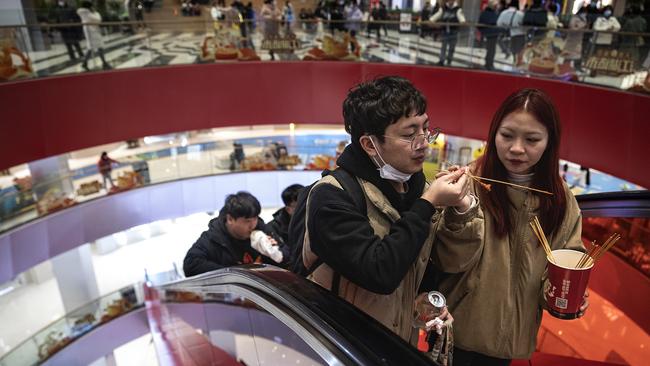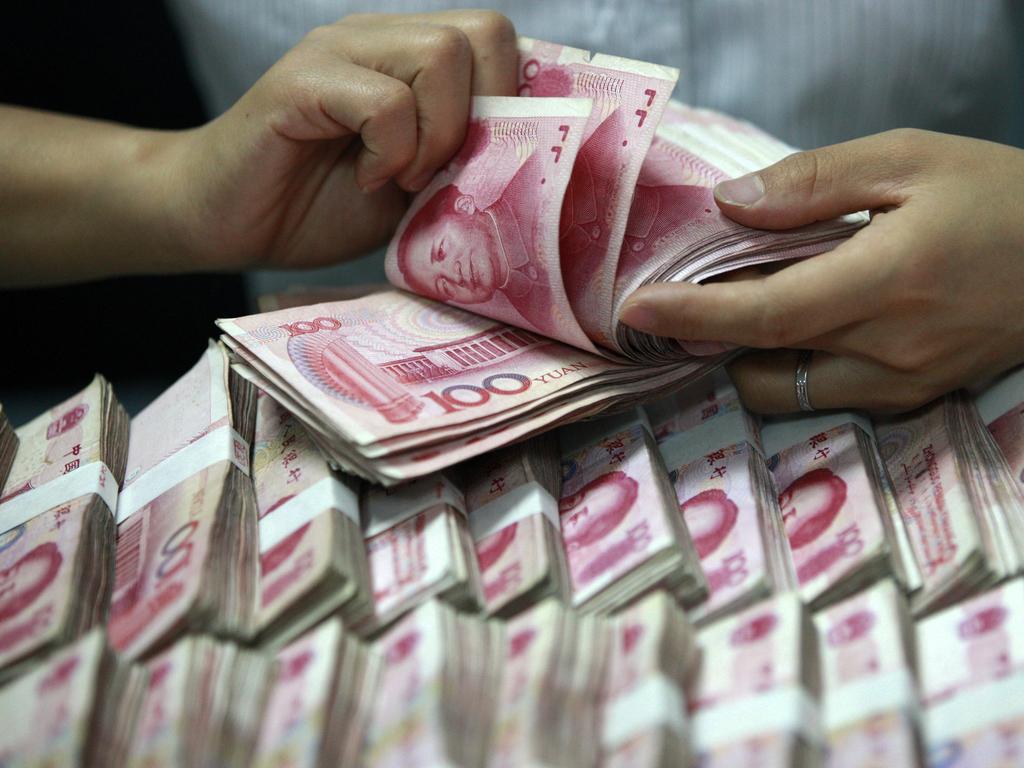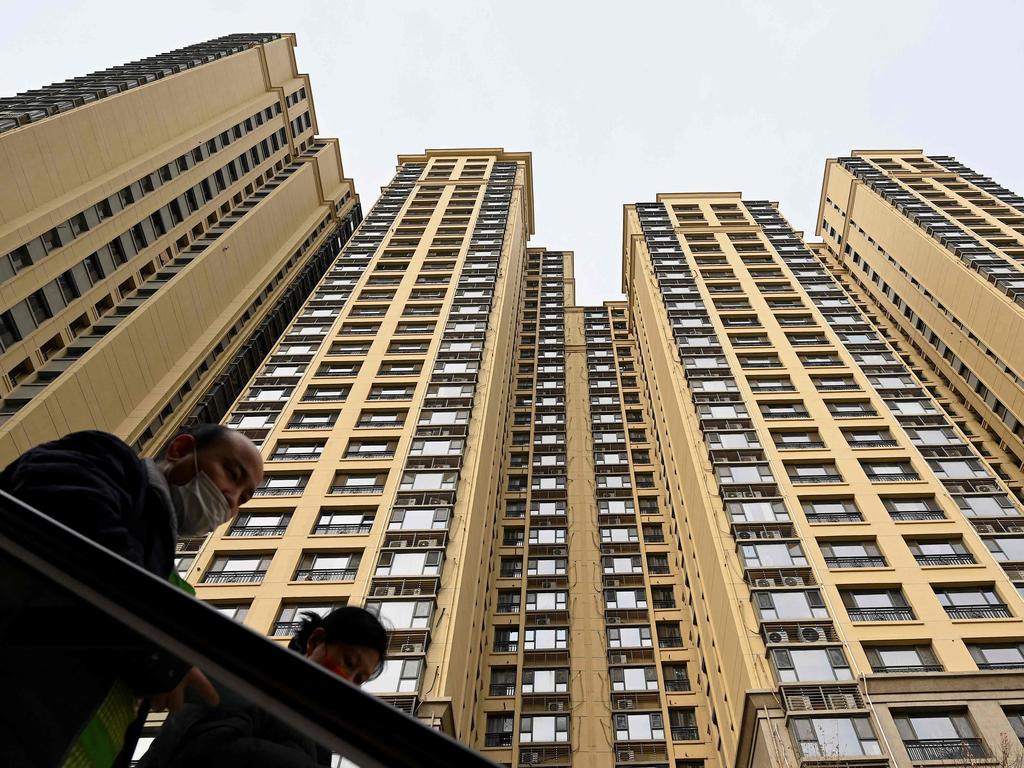China’s robust growth target points to more stimulus ahead
By setting its GDP goal at the high end of forecasts, Beijing has raised expectations for more monetary and fiscal measures this year.

By calling for growth of 5.5 per cent this year, China’s leaders have set a relatively high bar for an economy facing a litany of challenges at home and abroad – and paved the way, economists say, for more aggressive stimulus measures in the coming months.
Officials in Beijing said Saturday that they would seek to expand gross domestic product by 5.5 per cent this year. While that target is lower than any annual target since China began setting such benchmarks in 1994, economists say it is actually a much heavier lift than its 2021 target of 6 per cent or more, given last year’s Covid-related statistical distortions and the mounting headwinds facing the world’s second-largest economy.
More than two years after the Covid-19 pandemic first exploded in Wuhan, the benefits of China’s export-fuelled recovery are starting to fade, replaced with growing pressures at home and abroad: A government-induced real-estate downturn, strict pandemic restrictions that have squelched domestic consumption and, now, rising uncertainties around energy prices and economic sanctions related to Russia’s invasion of Ukraine.
“China is under the triple pressures of shrinking demand, disrupted supply and weakening expectations,” Chinese Premier Li Keqiang told officials at the opening of annual legislative meetings in Beijing on Saturday. “Local Covid-19 cases are still occurring sporadically. The recovery of consumption and investment is sluggish. It is getting more difficult to maintain steady growth in exports, and the supply of energy resources and raw materials remains inadequate.”
Given the challenges now facing China’s economic planners, a growth target of 5.5 per cent is actually “quite high,” says Bert Hofman, director of the East Asian Institute at the National University of Singapore and a former World Bank economist.
To Mr Hofman and other economists, the relatively ambitious target partly reflects the political imperatives of a year in which leader Xi Jinping is expected to break with recent precedent and seek a fresh term in power at a key Communist Party meeting. Mr Li said Saturday that its economic efforts “will enable us to pave the way for a successful 20th National Party Congress.”
The more aggressive target also signals further government intervention is likely on the way, economists say, including an expected ramp-up in government infrastructure spending.
On the monetary policy front, China’s central bank has already lowered key interest rates twice since December. It could ease even more, with inflation less of a problem in China than it is in the West. China on Saturday kept its consumer inflation target of about 3 per cent this year, despite rising oil prices, giving its central bank room to manoeuvre.

“The government policy support for growth will have to be stronger than last year,” Mr Hofman said.
Beijing may also soften some of the reforms it imposed last year on the technology and property sectors. They were aimed at addressing longer-term imbalances and inequalities, but dampened consumer sentiment and wage growth in the shorter run.
Beijing recently signalled it is eager to avert a prolonged slump in the property market, which accounts for one-fifth of China’s overall growth, according to some estimates, and is a vital source of local government revenue.
Officials also appear to be toning down their emphasis on “common prosperity,” a political buzzword that gained prominence last year amid an emphasis on inequality – and which spooked many in the private sector. The phrase appeared just once in Saturday’s budget report.
In contrast, the robust GDP target signals a willingness by Beijing to sacrifice some of its more ambitious longer-term goals for shorter-term growth – “taking on more debt burdens in the near term in order to ensure that growth can reach a relatively high level,” says Larry Hu, chief China economist at Macquarie Group. He forecasts year-over-year GDP growth of about 4.5 per cent in the first half of the year, rising above 5 per cent as more stimulus measures take effect in the run-up to the party congress.
Historically, Beijing has relied on building bridges, airports and railways to boost economic growth. But there are fewer worthy projects left to embark on, and many have ended up saddling local governments with unnecessary debt.
One potential shift, says Iris Pang, chief China economist at ING Bank, could be toward pouring more investment into green energy, which would help the country achieve its longer-term climate goals, while lifting short-term GDP.
Infrastructure investment grew by 0.4 per cent in 2021 from the previous year, far below the 13.5 per cent rise in manufacturing investment, China’s official data shows. Nomura economists predict infrastructure investment growth could rebound to about 7 per cent this year.
China set this year’s fiscal deficit-to-GDP ratio at 2.8 per cent, compared with 3.2 per cent last year. While that appears to mark a pullback in spending, it doesn’t tell the whole story, economists say. The central government, for instance, will divert close to 9.8 trillion yuan, equivalent to about $US1.6 trillion, to local governments this year, an 18 per cent increase from a year ago and the largest increase in recent years, Mr Li. said Saturday.
Relying more heavily on government-led infrastructure and property-driven growth would mark a step backward in Chinese leaders’ attempts to pivot to an economy fuelled more by consumption, exports and investment, says Michael Pettis, a finance professor at Peking University.
To be sure, Beijing hasn’t given up on trying to boost consumption. China’s main economic planning agency, the National Development and Reform Commission, has introduced new policies in recent weeks to bolster retail spending, measures that were echoed in Mr Li’s speech Saturday.
The biggest boost to consumer spending – the most stubborn laggard in China’s pandemic recovery so far – could come in the form of loosening Covid-19 restrictions, which have consistently hampered the country’s tourism, leisure and retail sectors.
Beijing has begun exploring the possibility of gradually moving away from its strict Covid containment measures, The Wall Street Journal reported, though a full reopening is unlikely before this fall’s party congress.
Economists from Goldman Sachs, referencing the Journal report, said that even a small-scale easing of China’s pandemic restrictions could “lift this year’s GDP growth modestly.”
Still, given government forecasts for personal income to only rise in line with GDP growth this year, “this is unlikely to be the year in which consumption will take the lead in domestic demand,” says National University of Singapore’s Mr Hofman.
The Wall Street Journal





To join the conversation, please log in. Don't have an account? Register
Join the conversation, you are commenting as Logout